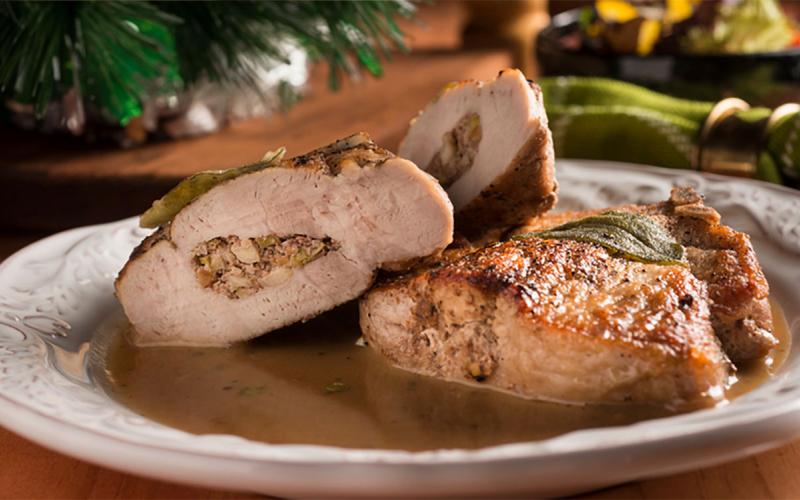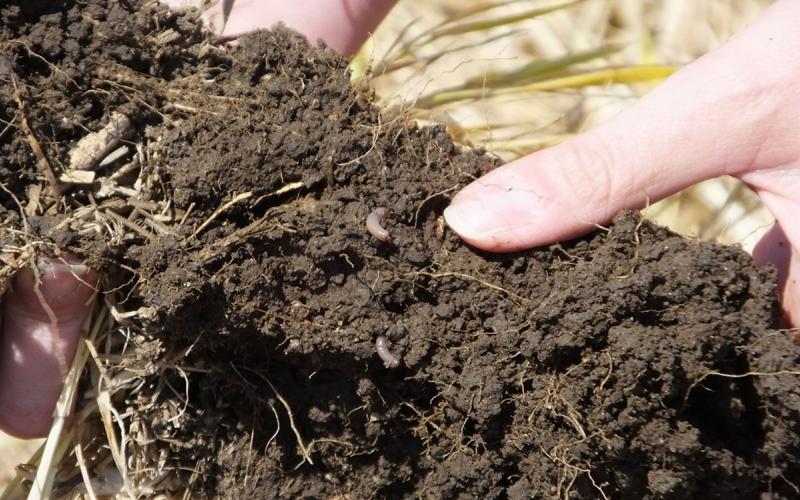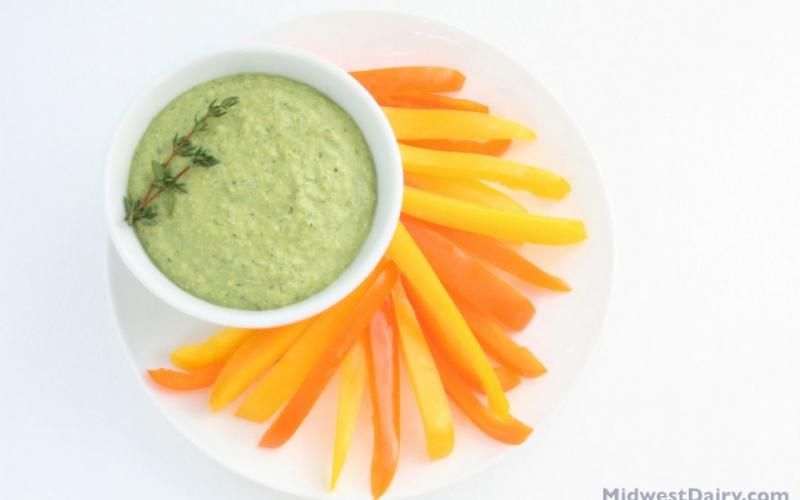Search

Protein Options for Christmas
We often look forward to carbohydrate-dense foods around the holidays, but what about protein? Learn some protein-dense meal and snack ideas to keep your body fit and fueled this holiday season!

Strategies to Avoid Sugar Rushes and Crashes: Protein, Movement, and Consistency
Sugar rushes and crashes can happen to both youth and adults—especially during the holidays. But what is going on in our bodies to cause them? And how can we avoid them?

South Dakota Pest Management Guides
The South Dakota Pest Management guides are now available for free. The guides offer recommendations for controlling weeds, insects, and diseases in a variety of South Dakota crops.

Nutrition and Dementia
There are many lifestyle changes that can be made to manage symptoms or reduce the risk of developing dementia. But what role does nutrition play?

Where Can Family Caregivers Turn for Help?
Family caregivers often find they do not know where to turn for help and support during their caregiving journey. The following resources provide information and organizations that may be useful to anyone who is a family caregiver.

Batch Cooking With Protein
Batch cooking is the practice of cooking large amounts of food and keeping some for later meals. Ground and pulled meat and poultry, such as pork, chicken, turkey, beef, or bison are excellent options for batch cooking!

What Makes Up a Healthy Soil?
Healthy soil has strong soil structure that stays together whether it’s wet or dry. Learn about the many components that combine to make soil healthy.

SDSU Extension hosts free life story writing workshops via Zoom
January 03, 2024
South Dakota State University Extension and South Dakota Humanities Scholar Molly Barari will host a series of creative life story writing workshops online via Zoom in 2024.

Fuel Up With Dairy to "Go Further with Food"
March is National Nutrition Month® and this year the Academy of Nutrition and Dietetics encourages Americans to "Go Further with Food." When it comes to food and nutrition, one thing most health professionals agree on is we could all benefit from eating more fruits and vegetables.

Improving Yield Data Accuracy: Challenges and Solutions
Fact sheet about improving yield data accuracy